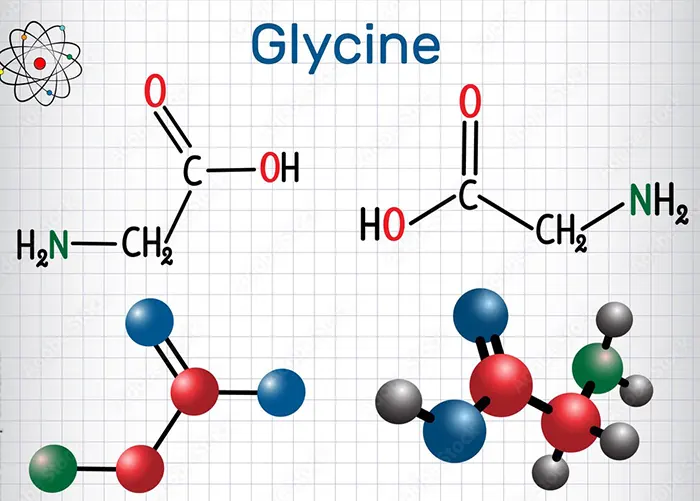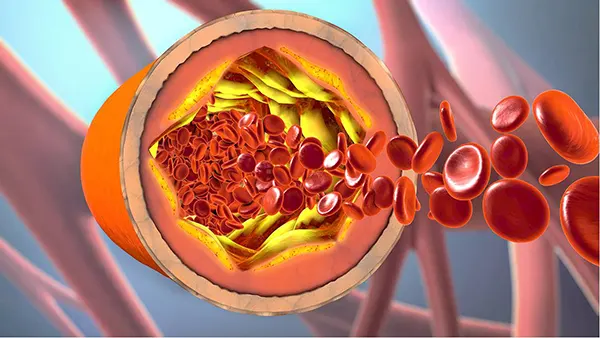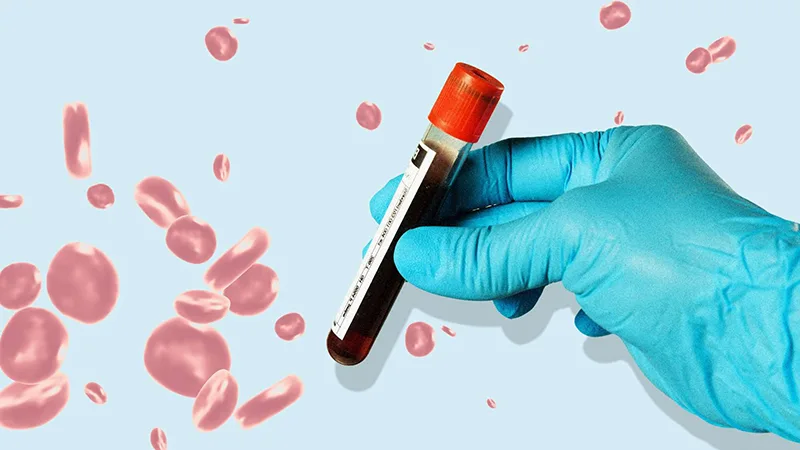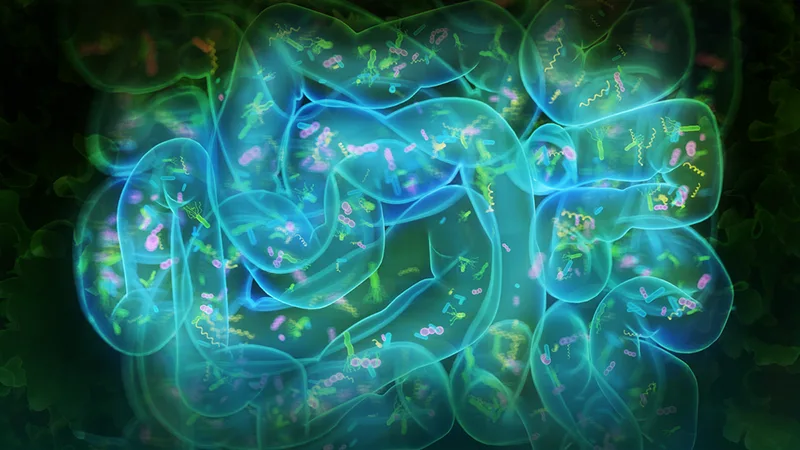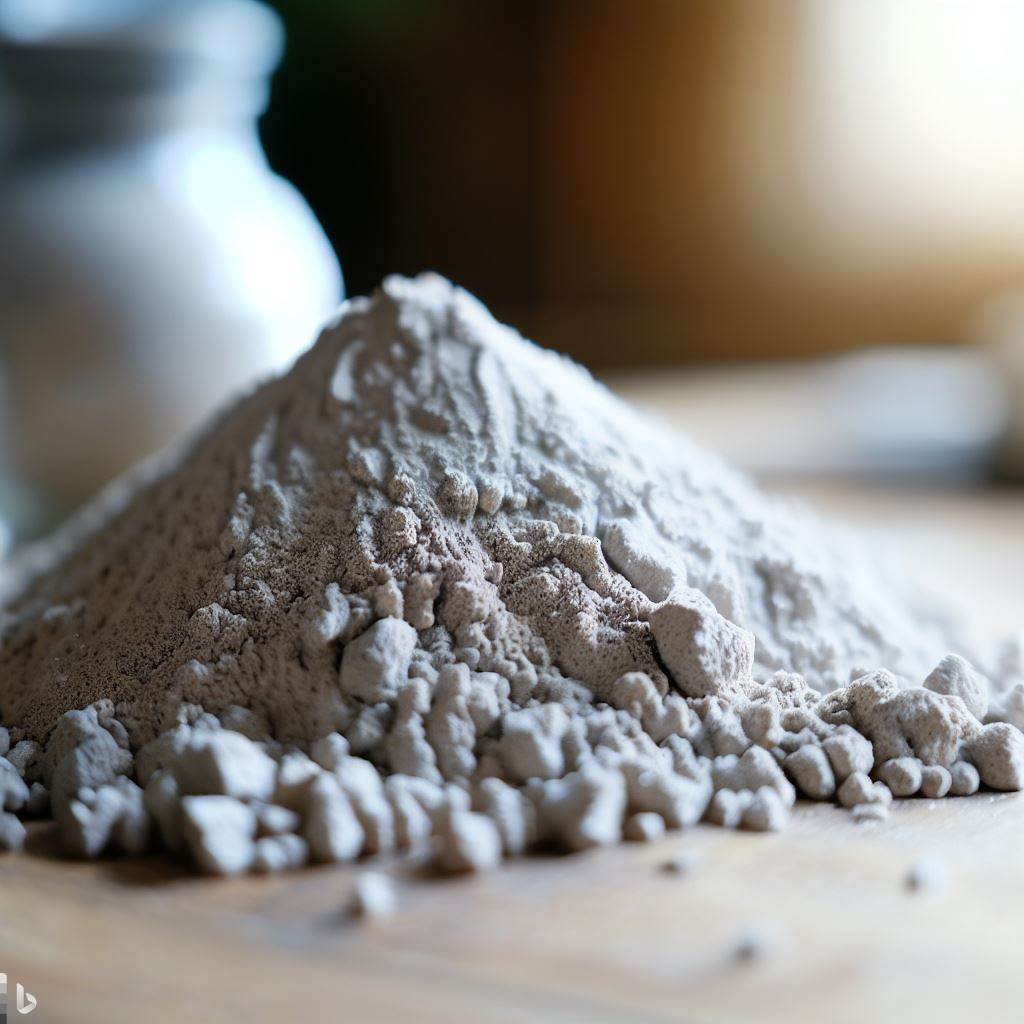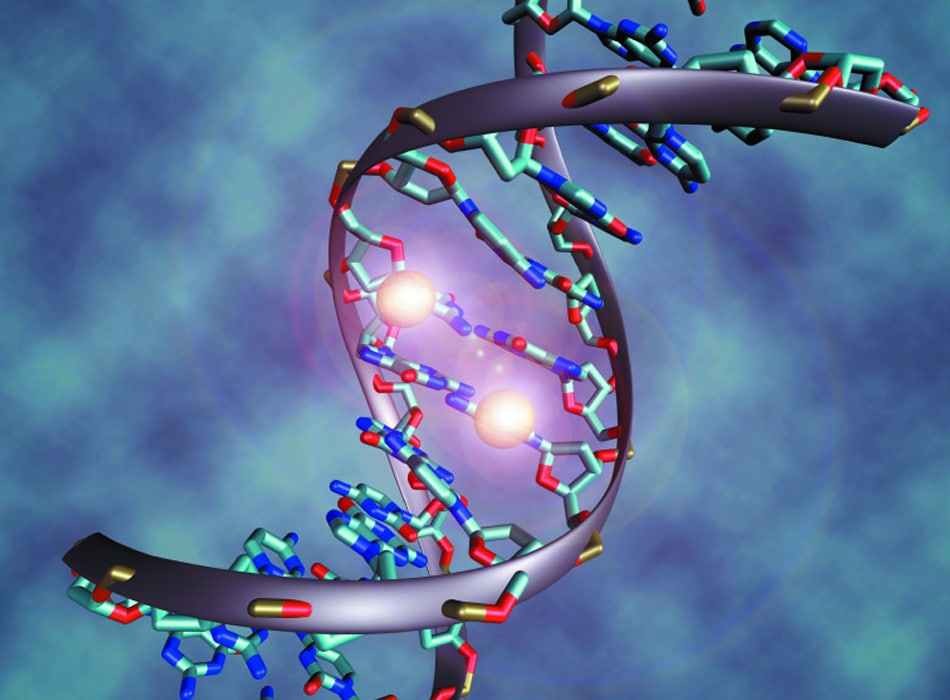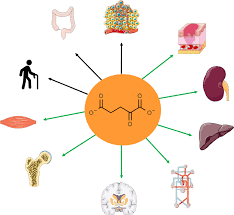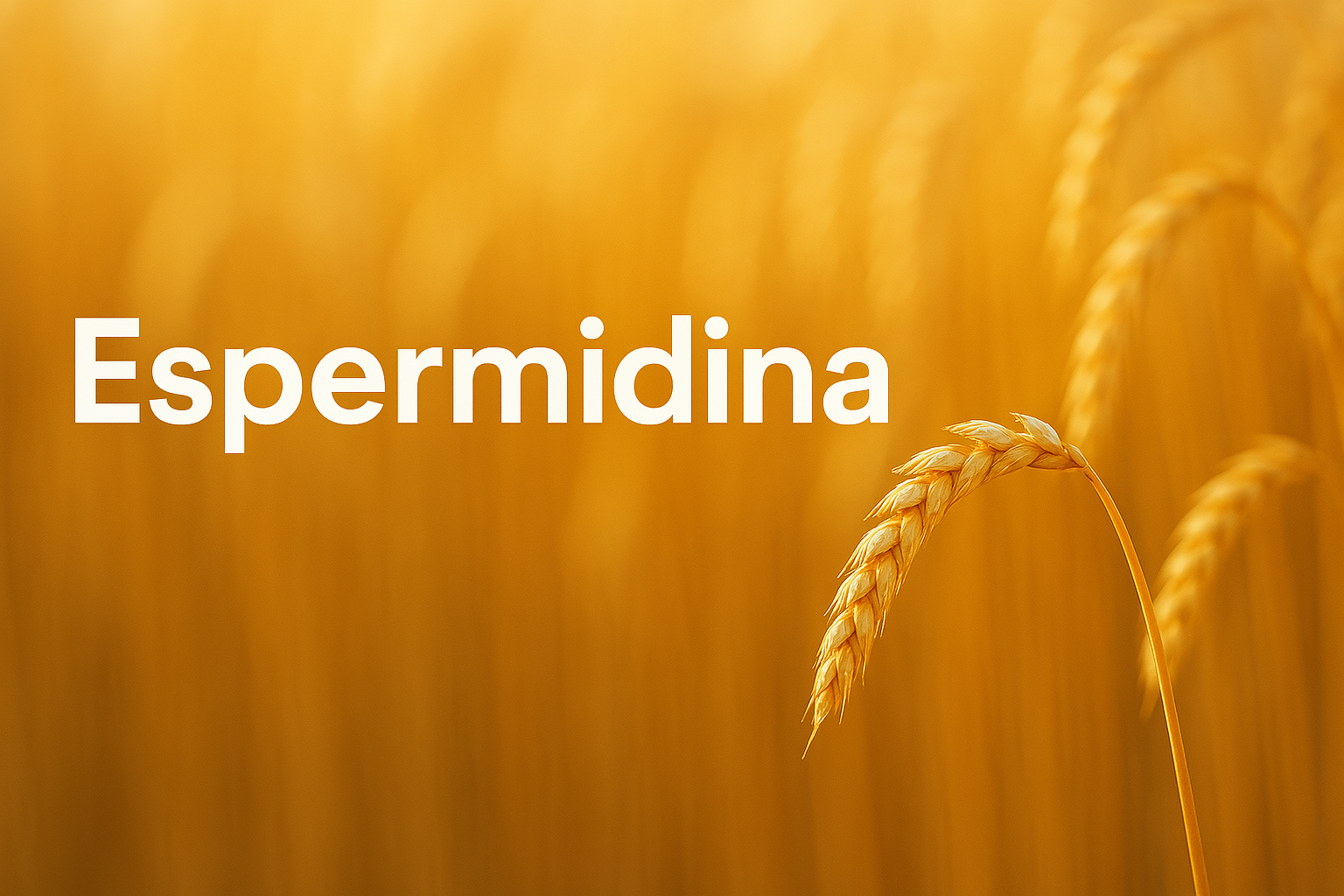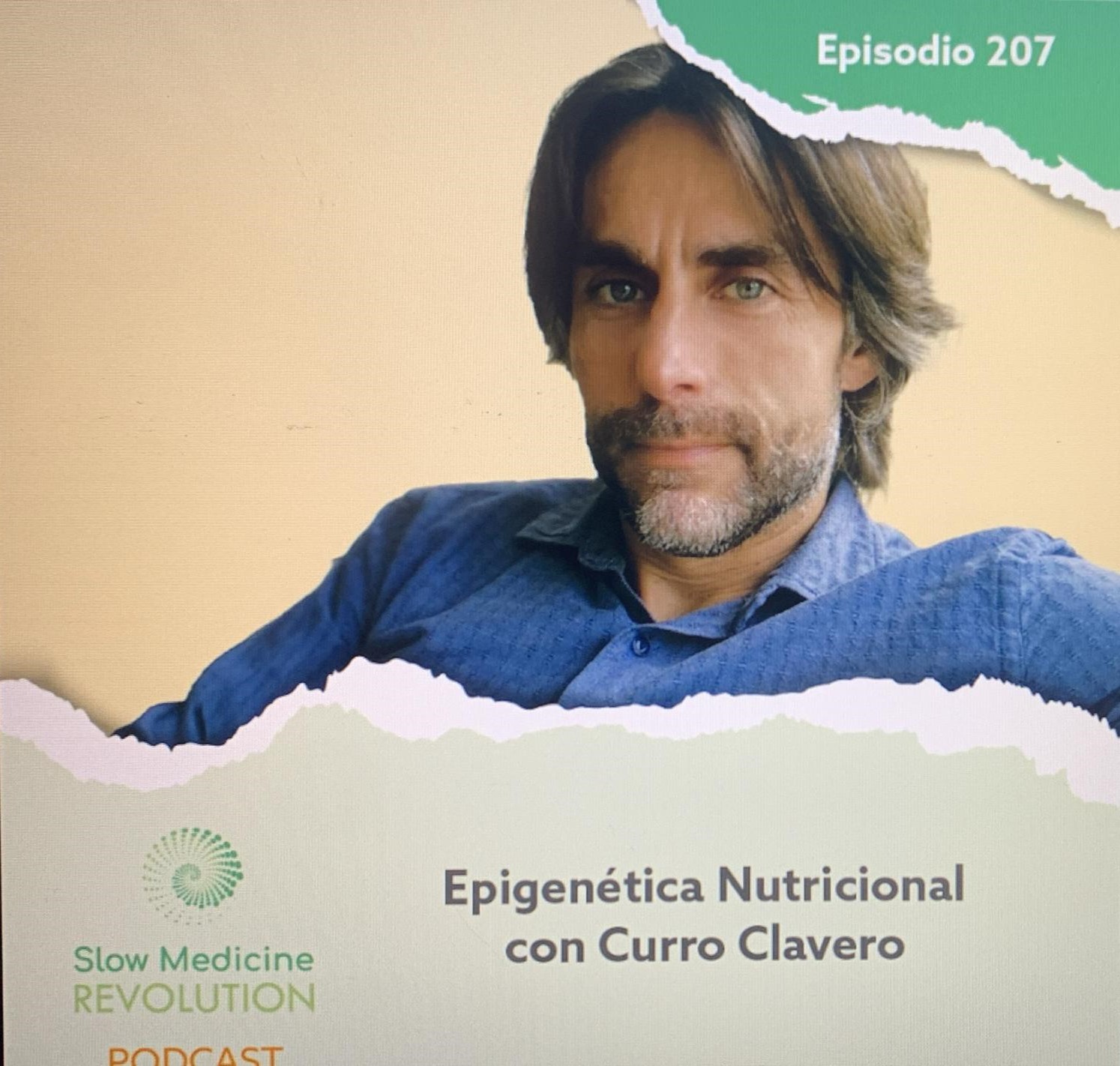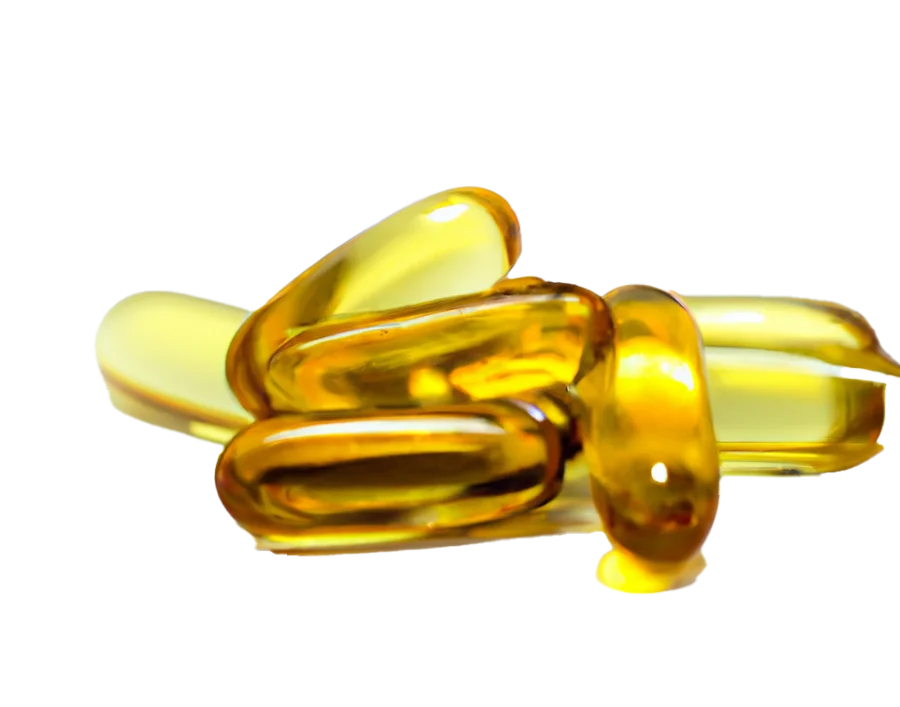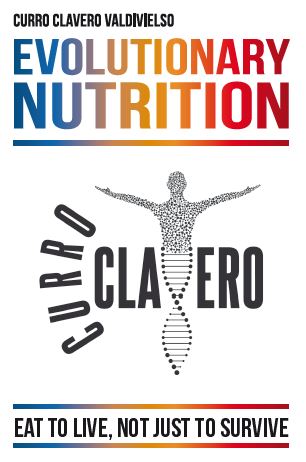After the vitamin D in the winter and omega 3, today we are going to talk about the third molecule that I recommend supplements to all over the world, regardless of its context, goals, age, or sex.
Introduction
Glycine is a conditionally essential amino acid (our body can synthesize it, but not in sufficient quantities), and, sadly, forgotten. However, due to its multiple benefits and functions in our body, it deserves to get a lot more attention than it has currently.
Although the human body can synthesize glycine to a certain extent, the intake through food and supplementation has become imperative due to the high requirements of this amino acid. In this article, we will explore the importance of the glycine for a variety of functions, by which we are all a deficit, its relationship with the methionine and cancer, how to ensure an adequate intake between diet and supplementation, and other practical applications of glycine in our daily life.
Main functions
Glycine is an amino acid of great importance, as it plays a vital role in a wide variety of processes and essential functions in our body. Among these features are:
- Collagen synthesis: glycine is an essential component of collagen, the structural protein most abundant in our body. Collagen is crucial for maintaining the integrity and elasticity of the skin, tendons, ligaments, and cartilage. It is formed from three amino acids as precursors: glycine, proline and hydroxyproline. Glycine is the most abundant element and limiting, that is to say, that determines the amount of collagen that our body can generate.
- Synthesis of creatine: glycine is also required for the production of creatine, an organic compound that provides energy to the muscles and improves athletic performance.
- Production of the heme group: glycine is involved in the synthesis of heme, a key component of hemoglobin, which allows red blood cells to carry oxygen throughout the body.
- Production of antioxidants: glycine is involved in the synthesis of glutathione, a powerful antioxidant that protects our cells against damage caused by free radicals and other toxic substances.
- Homeostatic regulation of the central nervous system: glycine can act as an inhibitory neurotransmitter in the central nervous system by binding to its receptor, or to potentiate the glutamate (excitatory neurotransmitter) to act as coagonista in its NMDA receptor. Therefore, it helps to maintain the balance between excitation and inhibition of neurons, contributing to the maintenance of a state of mind in balance.
- Prevention of buildup of ammonia: The glycine helps to remove ammonia, a byproduct of metabolic-toxic, making it into urea.
- Absorption of S-adenosylmethionine (SAMe): glycine is able to absorb the excess of SAMe, a molecule that is involved in methylation, a process essential for the regulation of genes, neurotransmitter synthesis, detoxification, and many other functions. Both a deficit and an excess of SAMe-you can generate diseases, and glycine contributes to maintaining homeostasis in the body. Later we will explain the importance of this when we tackle the ratio of glycine to methionine and the increase in life expectancy.
- Dream: The glycine has been shown to improve sleep quality by regulating your body temperature and stimulate the release of hormones of the dream (study).
- Reduction of the glucose peaks: The glycine can help to regulate the levels of glucose in the blood by enhancing the release of insulin in response to carbohydrate intake.
- Protection against osteoarthritis and osteoarthritis: recent Studies suggest that glycine may play a role in the prevention and treatment of osteoarthritis by reducing inflammation, increase collagen and improve the integrity of the articular cartilage (study). It also mitigates the release of inflammatory cytokines, increasing the input of chloride through a channel regulated by glycine (study).
Deficit population-widespread
Despite the fact that our body can synthesize approximately 3 grams of glycine a day, it is estimated that we need at least 16 grams a day for that glycine can play without problems all of its features, detailed above (only for the formation of collagen needed about 10 grams a day). Given that, as we will see, most of the people do not get enough glycine through the diet (to a maximum of about 3 grams per day), it is considered that there is a general shortage of glycine of about 10 grams per day in the population, which makes supplementation is almost “mandatory” (study).
The relationship between the glycine and methionine
Methionine is another essential amino acid that is mainly found in animal proteins and, among other things, is a precursor to s-adenosylmethionine. An excess in the intake of methionine generates more SAMe that we need to perform all the functions of methylation of the body, which is harmful. The body gets rid of this excess of s-adenosylmethionine in the liver enzyme (GNMT) to surrender it to the glycine for this to be converted to sarcosine. That is, 1) the excess of methionine reduces even further the amount of glycine in our body, making us more deficit, and 2) it is crucial to eliminate the excess of SAMe in order to maintain homeostasis, so that, if we do not have enough glycine, we will not be able to get rid of it, since we would not have the glycine required to absorb the excess of SAMe.
This study concludes that an adequate intake of glycine dietary restores the levels of glycine liver, reduces the toxicity of methionine and increases life span in mice (study).
Glycine and schizophrenia
High doses of glycine (0.8 g per kg of body weight) have been shown to be beneficial as an adjuvant to pharmacological treatment, improving both patients with positive symptoms (hallucinations, delusions, paranoia…) and negative symptoms (anhedonia, low emotional expression, lack of motivation, decline in social skills…).
- Positive symptoms: as mentioned in the previous section, the glycine helps to remove the excess of methyl groups, which reduces the hypermethylation in certain genes, causing it to increase its expression. To ‘absorb’ these methyl groups leftovers, glycine restores the balance and enhances gene expression. For example:
- It has been observed hypermethylation in the prefrontal cortex of the brain in people with schizophrenia and bipolar disorder (study).
- There is hypermethylation in the gene GAD67, in charge of synthesizing GABA (inhibitory neurotransmitter) from glutamate (excitatory neurotransmitter). When this gene is hypermethylated, its expression is reduced, which causes a reduced production of GABA and increased glutamate, which is characteristic of the positive symptoms of schizophrenia study, study).
- Glycine also reduces the amount of dopamine in the striatum, where patients tend to have elevated levels of this substance (study).
- Negative symptoms:
- Patients with these symptoms will have a reduced activity in NMDA receptors of the neurotransmitter glutamate, which are involved in numerous neuronal processes, such as neurotransmission, synaptic plasticity, and cognitive function. Glycine, acting as a coagonista of this receptor increases its activation and improves their function (study).
- To remove the methyl groups leftovers, glycine is converted into sarcosine, which increases the availability of this substance, which has also been shown to be beneficial for patients with negative symptoms of schizophrenia (study, study).
Glycine and prevention of cancer
In terms of cancer, it has been discovered that the amino acid serine, which is especially abundant in proteins of animal origin, it is necessary for the proliferation of cancer cells. On the other hand, higher concentrations of glycine have been shown to inhibit the proliferation and growth of these cells (study).
Food sources of glycine and supplementation
Food
Unfortunately, the most common sources of glycine, as the skin of the animals, the connective tissue (gelatin), the bone (broth) and the meat jelly simmered (blood sausage/shank, the tail of a bull/ox, pig, etc), have been largely excluded from the diet moderna. However, it is possible to obtain glycine from these foods if we make a conscious effort to include them in our power. Other options are the wines of fish (with head and spines), or sardines and anchovies/anchovy (when eaten with their bones/spines included). Consume organs and viscera may also be beneficial (even if they are not sources so rich in glycine as the above), as they are rich in nutrients such as vitamin B9, and the hill.
Supplementation
For those who don’t enjoy these foods or have difficulties to include them in your diet, there is the option of supplementing with glycine powder. Glycine powder is affordable and, given that it has a sweet taste, can be used as a sugar substitute in the daily life. In this way, we can improve our intake of glycine, while reducing the consumption of sugar, which is beneficial for our health in general (so double). If you want to calculate the recommended daily dose by way of supplementation, you can multiply 0.2 per your weight, and the result will give you the grams approximate with which you should suplementarte every day.
Practical applications of glycine
In addition to their functions and benefits for the health, glycine may also be used in various practical applications in our daily lives:
- Improving sleep: Taking a supplement of glycine before bedtime can improve sleep quality and reduce insomnia symptoms (study).
- Recovery and sports injuries: glycine, as an essential component in the synthesis of creatine, may be useful in muscle recovery after exercise. In addition, it helps reduce inflammation and muscle pain associated with intense physical exertion or injury (study).
- Health skin and hair: glycine is a key component of collagen, which makes it an important ingredient in products for the care of skin and hair. Supplementation with glycine can improve the elasticity and appearance of the skin, as well as to contribute to the healthy growth of the hair.
- Reduced stress and anxiety: The glycine acts as an inhibitory neurotransmitter in the central nervous system, which helps to reduce anxiety and promote a sense of calm and relaxation.
- Slow aging and increase life expectancy: through the process described above, in which the glycine helps to remove the methyl groups leftover derivatives of methionine, not only to maintain homeostasis, but that activate autophagy (cell recycling essential to slow ageing and reduce the risk of disease). This process is activated by exercise, fasting and other molecules (such as spermidine, EGCG, green tea, or HCA from Garcinia cambogia), as I explain in my books of Feeding Evolutionary (study) (books).
Conclusion
Glycine is a conditionally essential amino acid that plays a crucial role in a wide variety of functions and processes in our body. Ensure an adequate intake of glycine, either through diet or supplementation, it is essential to maintain our health and well-being. Pay attention to our dietary sources of glycine, as well as their relationship with the methionine, you can help us make informed decisions about our food supply and improve our quality of life.
It is essential to consider the inclusion of foods rich in glycine in our daily diet, and to turn to supplementation with glycine powder as a supplement, as it is affordable and can replace sugar as a sweetener. Glycine is important not only for our physical and mental health, but it also offers a variety of practical applications in our daily life. To include it in our routines, we can improve our overall health and to enjoy a healthier and longer life.

